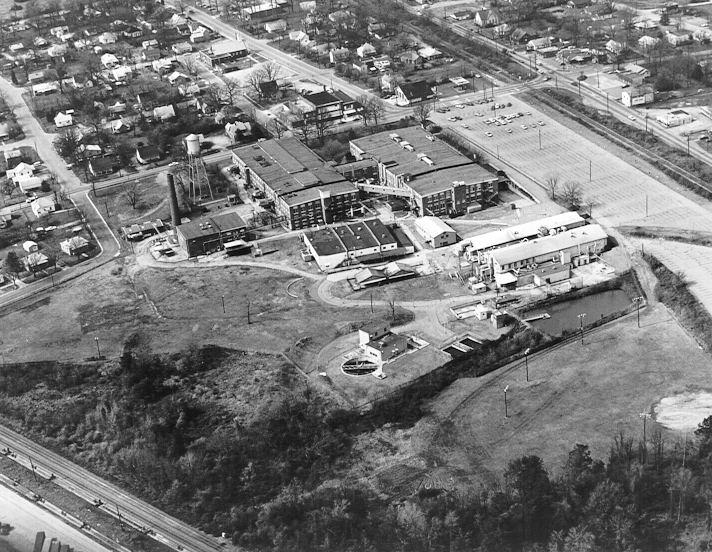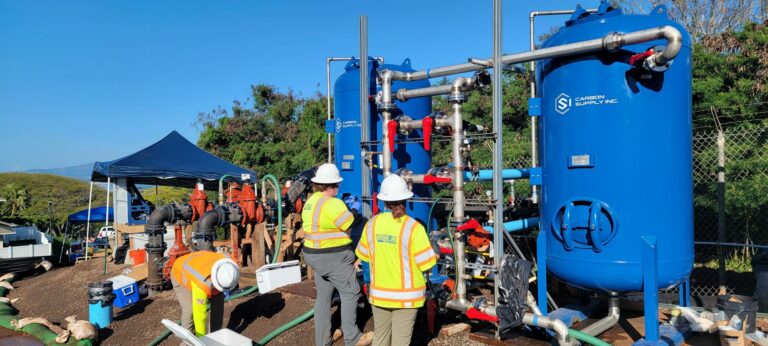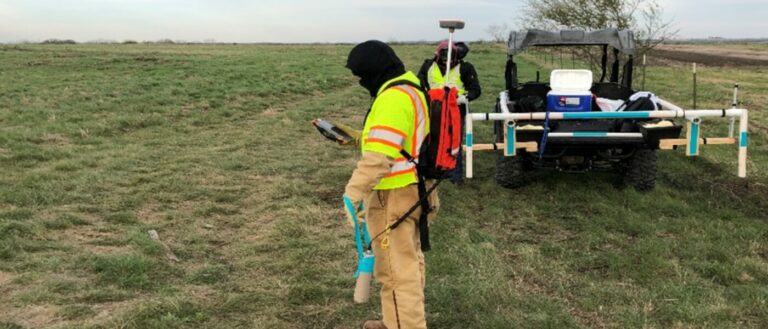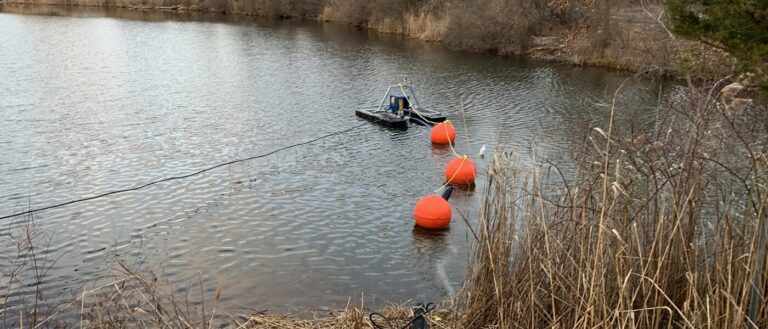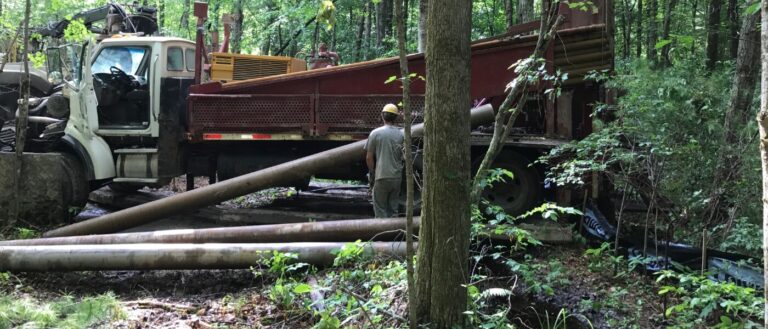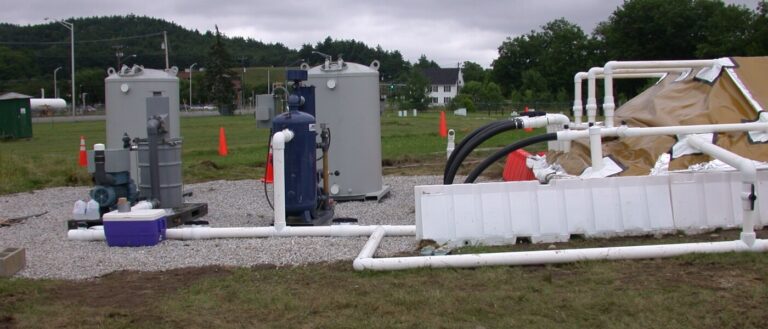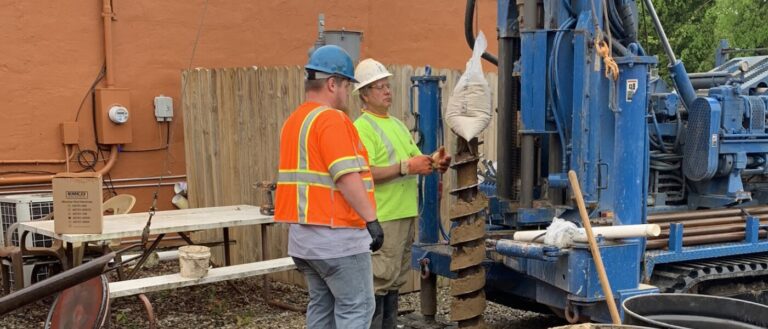A former manufacturing facility in North Carolina divided by a stream into two parcels was closed in the mid-1970s with significant chlorinated solvents impact to soils and groundwater. Weston performed a rapid site assessment followed by a focused investigation to fill data gaps and collect pre-design data. Three major source areas where the soils and groundwater were highly impacted with concentrations indicating the presence of dense non-aqueous phase liquid (DNAPL) in bedrock were identified. Surface water impact was noted in both the on-site and off-site streams, and extensive off-site groundwater impact was noted in three groundwater zones: shallow, intermediate, and deep.
A pilot study using an innovative technology (emulsified zero-valent iron [EZVI] technology) was conducted at one of the source areas to address high-level concentration of chlorinated solvents. Based on the pilot study results, a comparative engineering analysis that included lifecycle cost was performed, and the more traditional and proven in situ bioremediation technology was chosen (using sodium lactate and/or emulsified oil substrate [EOS]).
Weston developed a fast-track remedial design with a focus on achieving flexibility and permanency, compatibility with future redevelopment, low maintenance and lifecycle costs, rapid constructability, and ease of operation. The remedial design was quickly approved by the state regulatory agency (North Carolina Department of Environmental Quality [NCDEQ]). Weston installed the remediation system with the following features:
- Dual Phase Vapor Extraction (DPVE) system to address unsaturated and saturated soil source areas.
- A closed loop groundwater recirculating system consisting of an array of upgradient injection points and downgradient recovery and recycle wells at the property boundary.
- Passive in situ injections in an array of injection points serving as a groundwater treatment curtain along the upstream side of the on-site stream.
- An off-site passive injection point system for groundwater treatment in multiple groundwater zones.
The surface water impact to the on-site length of the stream was mitigated within a year, and degradation of chlorinated solvents was evident from the on-site and off-site sampling activities. The DPVE system was decommissioned to support on-site redevelopment activities, and a passive program consisting of periodic injections was conducted every 2 to 3 years in both source and off-site areas.
The site was fully developed within a few years as a multifamily residential development with regulatory approval of NCDEQ. The groundwater plume was treated both on-site and off-site, resulting in decreasing concentration trends. A long-term performance monitoring program was subsequently approved by NCDEQ and implemented. A follow-on soil gas investigation was subsequently performed to assess potential off-site vapor intrusion issues, and the data were provided to the regulators and residents.
The 10-year project lifecycle is complete, and it is evident that that the system design and installation have been robust and satisfied the redevelopment goals for the site. Weston is currently conducting ongoing periodic groundwater monitoring in conjunction with proactive technical assessments including additional off-site groundwater treatment/controls to optimize the system, reduce costs, and accelerate mitigation of groundwater impacts while ensuring protection of human health and the environment.
